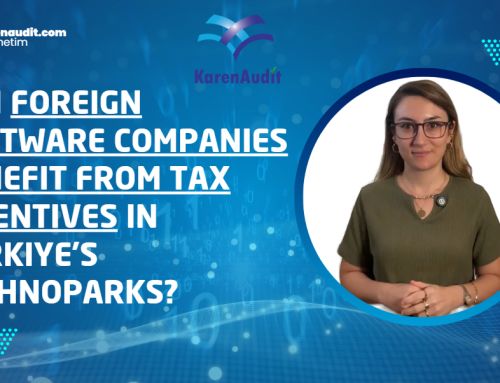In 2022, the EU had 32.3 million enterprises, employing 160 million persons. Of that total, 99% were micro and small enterprises employing up to 49 persons.
Micro and small enterprises employed 77.5 million persons, i.e. almost half (48%) of the total number of all persons employed in enterprises. They generated €11.9 trillion in turnover, representing 31% of the total (€38.3 trillion).
The 240 000 medium-sized enterprises (50-249 persons employed) represented 0.8% of all enterprises accounting for15% of the employment and 18% of the turnover.
Even though large enterprises (more than 249 persons employed) represented only 0.2% of the total number of enterprises, they employed more than a third of the business labour force (37%) and generated more than half (51%) of the turnover.

Source dataset: sbs_sc_ovw
Industry: biggest turnover with 8% of companies
The industrial sector had the biggest turnover in 2022, generating more than a third of the turnover (€13.6 trillion, 35%) and employed around one-fifth of the business labour force (33.4 million persons, 21%). However, in the number of enterprises, it was the smallest sector with only 8% (2.4 million) of the total number of enterprises.
With 5.8 million enterprises, the trade sector represented 18% of the total number. The 29.8 million persons employed there generated 29% (€11.2 trillion) of the total turnover.
The construction sector represented 12% of the total number of enterprises, but only 6% (€2.1 trillion) of the total turnover. This sector employed 13.8 million persons.

Source dataset: sbs_sc_ovw
Highest employee benefits expense in the financial sector
Looking at the average employee benefits expense, the highest amount was found in the financial and insurance sector (€77 500), ahead of electricity and gas supply (€68 100) and information and communication (€67 530). The average for the total business economy was €41 340. The sectors with the lowest average employee benefits expense were accommodation and food services (€20 630), education (€28 730) and administrative and support services (€29 940). Different wage levels in different industries impact on these values, as well as the share of persons working part-time versus full-time.
The average employee benefits expense in the manufacturing sector (€48 090) was slightly above the average for the whole business economy. For this sector, information by employment size classes is available. They show that average employee benefits expense is substantially higher in bigger enterprises than in smaller ones: In enterprises with 0 to 9 employees and self-employed persons it was €28 510, contrasting €40 820 (in enterprises with 50 to 249 persons), or even €59 460 (250 or more persons).






